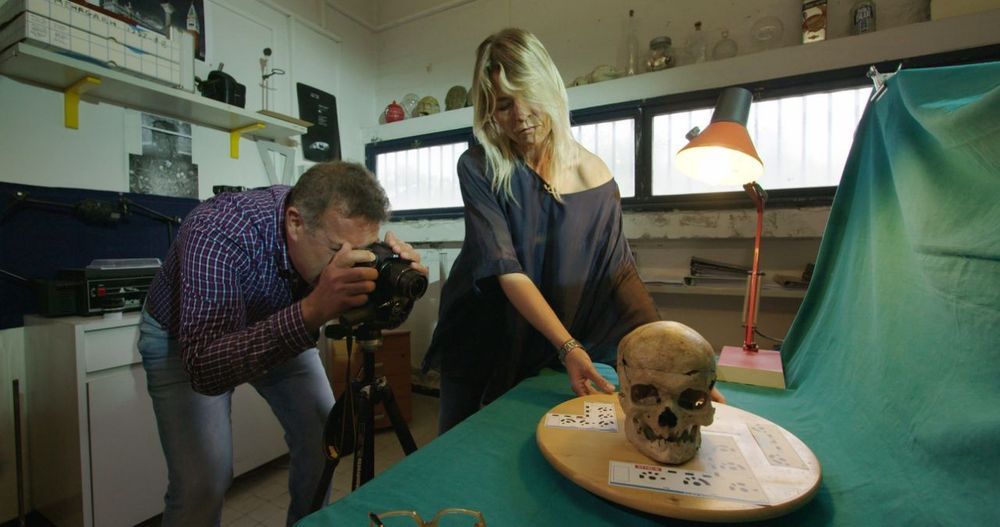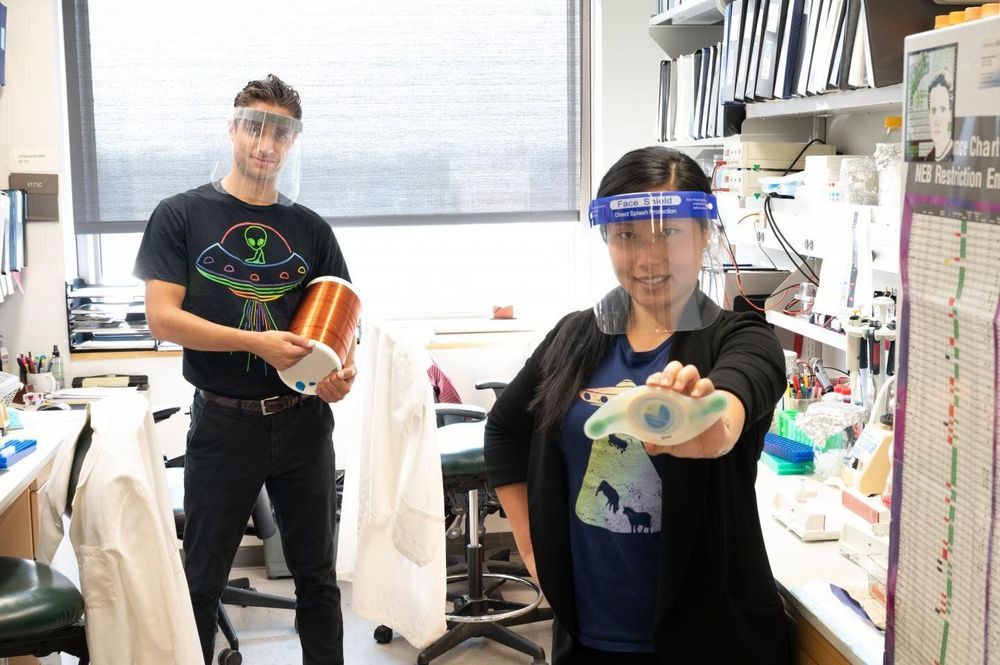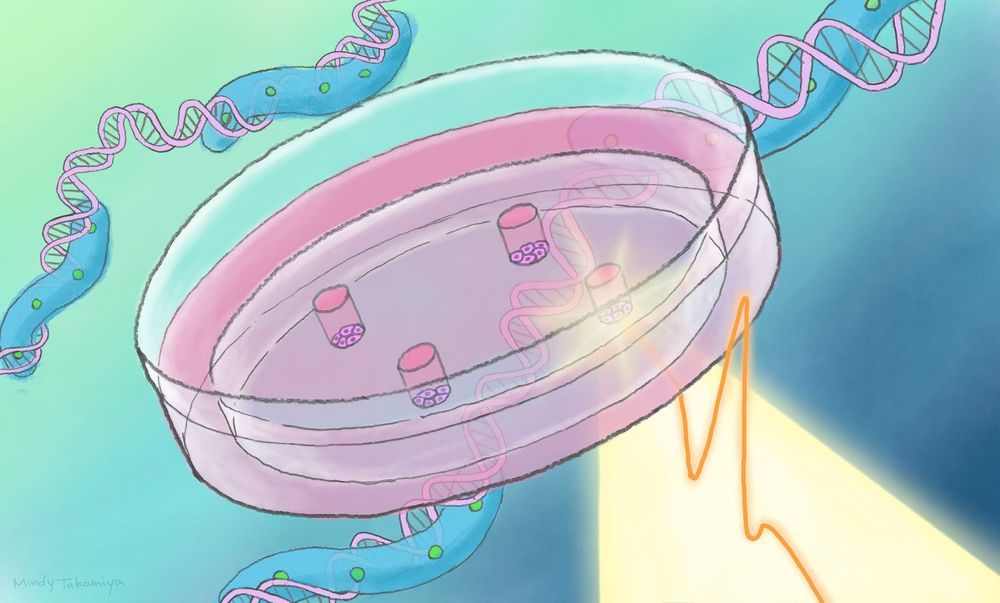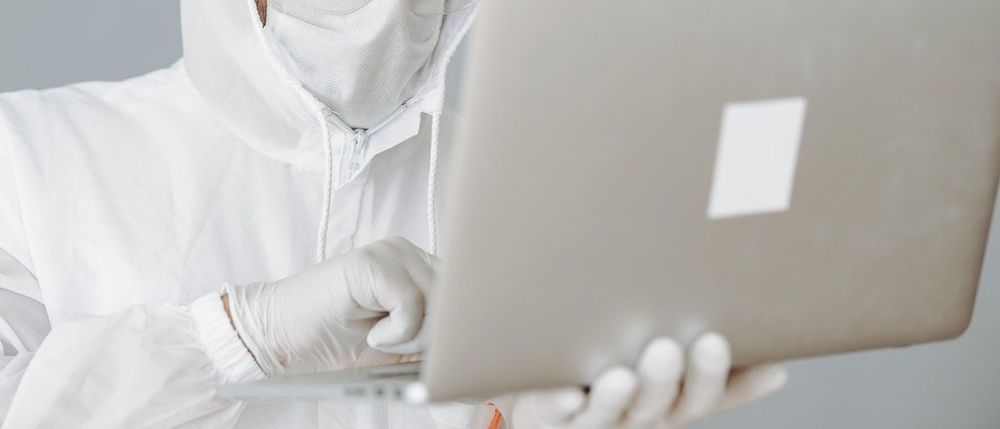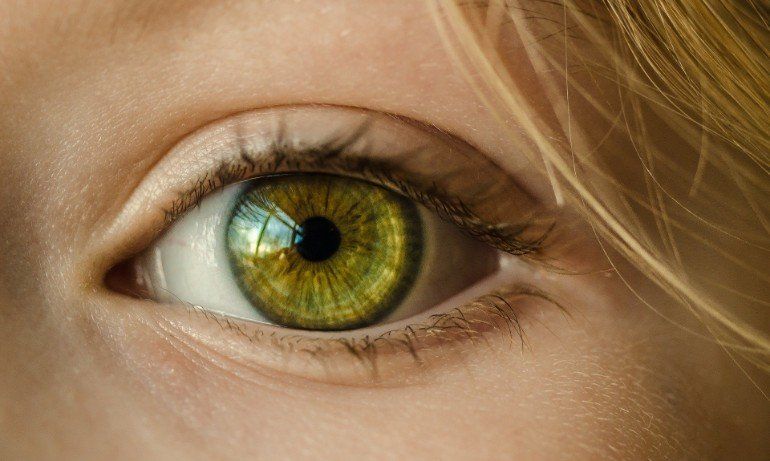Although it’s clearly NOT the approach taken for ultracold vitrification of patients undergoing life extension cryonization. (ULTRA🥶COLD being the exact opposite of ULTRA-BLOODY-H🥵T, obviously!)
Still, given the vast number of scientific and engineering discoveries and creations born on the backs of unexpected results, accidental discoveries, and outright screw up, it might have very useful data that has practical applications that would never otherwise have even been considered.
Italian scientists found intact brain cells in a man who was killed during the eruption of Mount Vesuvius in 79 AD.
